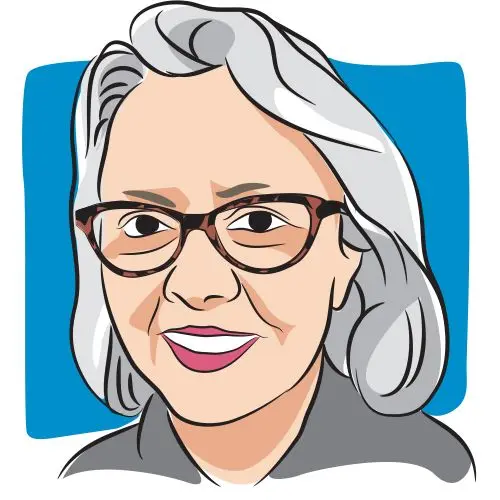Article
Finding and Keeping Work and Insurance After Cancer
When it comes to employment and insurance after a cancer diagnosis, it is important to read the fine print.
The fall cover story for Heal allowed me to take a look at where we are with employment issues for cancer survivors. Like many other challenges that come our way after a cancer diagnosis, employment is one that has so many variations that it's hard to separate any single issue to focus on. In this piece, I looked at two women who wanted to move on to either different companies or different fields.
We now have many more safeguards in this area than when I was diagnosed 30 years ago, but there are still those employers who take advantage of someone's lack of education or initiative to remove them from their job — and their insurance. If a diagnosis of cancer results in a decision to stop working and there is no disability available, your employer may recommend COBRA. On the surface COBRA looks great. It allows employees to keep their insurance when they leave by paying the cost themselves where before they either shared the cost with the employer or it was paid in full by the employer. The reality of COBRA is that many people cannot afford the premium, particularly if they are moving to self-employment. I love the commercial where the woman talks about her insurance policy and is told to read what is on page such and such, which explains why the insurance does not cover her need. She says to the audience, “This is it what it says, ‘yadayada yada.’”
Yep, there have even been laws passed that says legal documents have to be written so they are understandable. And yet, many of our insurance policies are still written in legalese (read here that they are not understandable).
This is why my first recommendation for anyone dealing with employment issues is to find an advocate who can explain what legal protection has been passed and how to access it. HIPPA, the Affordable Care Act, ADA and FMLA all have protections for survivors in the workplace — and in each are loopholes.
The numbers of advocacy groups have grown considerably, and many provide considerable advice free of charge. And, in 2008 a new group, the National Cancer Legal Services Network, began offering free legal services to those with cancer. They have 40 offices around the country and can tell you how to pursue legal action, or do it for you.
When I was diagnosed I was covered by a policy I found after researching thoroughly. I learned how to read the small print with this policy because the year before, I had a premature baby under a policy that paid very little. It would have paid more for a well baby, but Kirtley decided to come early. I couldn't do anything about it.
It cost me $10,000, which I had to put on a credit card, to get her out of the hospital on the day we took her home. Really, they said, "Oh, you are all ready to go home. Just stop at the billing office on your way out. " I didn't tell my daughter we had to put her on a credit card until she was grown.
So, as soon as I could, I started shopping for a new policy for my husband, myself and the baby. I found one that was great coverage with only $1,000 out of pocket before they paid 100 percent. That was in 1985. In 1986 I was diagnosed with breast cancer and had great coverage. Then in 1987 I got the bill to renew the insurance and the premium had gone up more than double. It was when I learned that having good insurance at a reasonable cost would not stay that way if you used it.
Luckily, I got the news of the increase the week before the insurance from my new employer, a university, kicked in — saved by the school bell.
My closing piece of advice to you would be get an advocate immediately for employment and insurance. I have given you a list of advocacy groups in the story. You can sign up for Heal on this site.
















